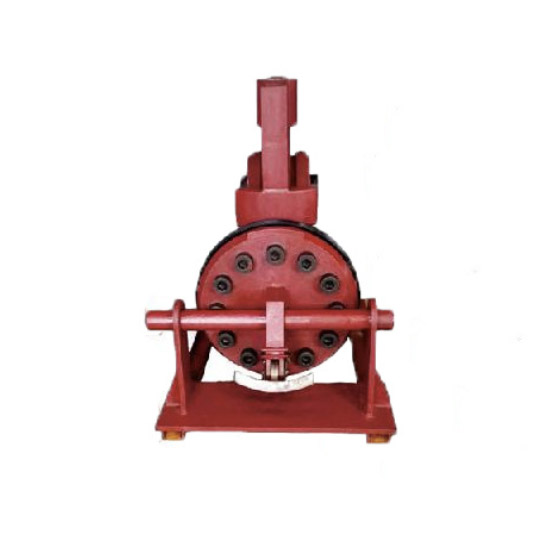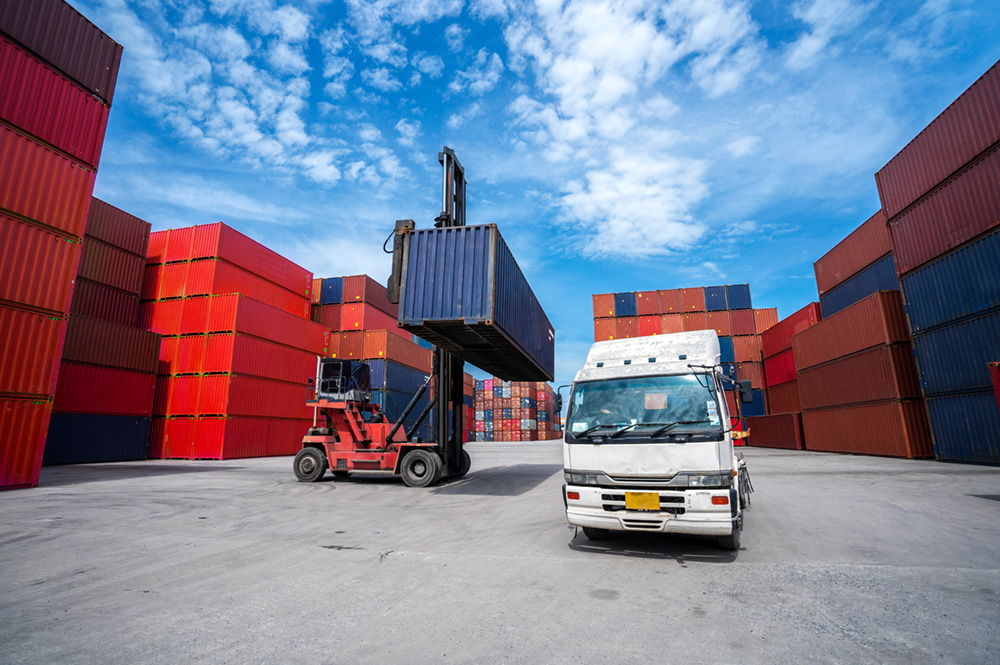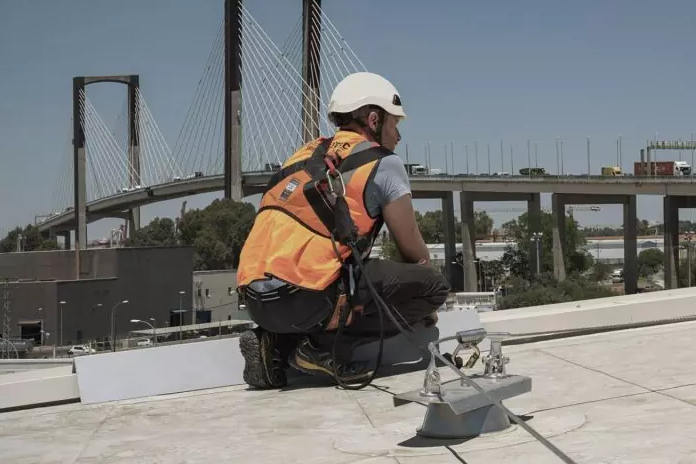Sky-high tasks are becoming increasingly common across the archipelago, driven by rapid urbanization, infrastructure expansion, and maintenance demands. Whether it’s routine rooftop inspections in Makati, façade cleaning in Cebu, or utility work on transmission towers in Mindanao, Working at Heights Philippines presents unique challenges and risks. Protecting workers from falls is not only a legal obligation but a moral imperative. This comprehensive guide dives into industry standards, vital safety systems, and why partnering with 828 Cable System Inc. ensures peace of mind for every elevated operation.
Why Fall Protection Matters in the Philippines
Falls from heights remain one of the leading causes of workplace injuries and fatalities worldwide—and the Philippines is no exception. According to the Department of Labor and Employment (DOLE), fall-related incidents account for nearly 25% of construction-site injuries annually. The financial toll can reach millions of pesos in medical costs, compensation, and project delays, while reputational damage can erode client trust. Employers and contractors face heavy fines and potential shutdowns for non-compliance with DOLE Department Order No. 1987-161 on fall protection. Beyond legal drivers, prioritizing fall safety uplifts worker morale, boosts productivity, and cements a company’s reputation for responsibility in the Working at Heights Philippines sector.
Understanding Fall Arrest Anchor Points
At the core of any fall arrest system lies the anchor point—a secure connector that ties a worker’s lanyard, lifeline, or self-retracting lifeline (SRL) to the structure. Anchor points come in many forms:
- D-Ring Connectors: Simple, cost-effective, and ideal for light-duty tasks.
- Single-Point Anchors: Fixed or temporary posts bolted to concrete or steel substrates.
- Lifeline Systems: Series of intermediate anchors creating horizontal or vertical lifeline paths.
Each anchor point must resist a minimum load of 22.2 kN (5,000 lbf) per DOLE guidelines. Choosing between permanent anchors and temporary anchors requires weighing long-term value against project duration and budget. Permanent installations on roofs and walls deliver continuous protection for maintenance crews, while temporary anchors offer portability for short-term projects.
Regulatory & Standards Overview
Compliance with both local and international standards is non-negotiable in Working at Heights Philippines:
- DOLE Department Order No. 1987-161: The foundational Philippine regulation outlining employer responsibilities, system design, and inspection protocols.
- OSHA 29 CFR 1926 Subpart M: Widely referenced for fall protection criteria, including maximum free-fall limits (6 ft) and required deceleration zones.
- European Standards: EN 795 for anchor devices, EN 353-1 for guided type fall arresters, and EN 1808 for suspended access gear.
Contractors must maintain documented evidence of site hazard assessments, system design calculations, and periodic inspections. Adhering strictly to these standards mitigates liability and ensures worker safety during every phase of a project.
Comprehensive Fall Protection Systems
Beyond anchor points, Working at Heights Philippines calls for integrated fall protection architectures:
- Horizontal Lifeline Systems: Flexible cables spanning rooftops or beams, allowing multi-user mobility.
- Vertical Lifeline Systems: Fixed ladders or rails equipped with SRLs for dedicated vertical access.
- Self-Retracting Lifelines (SRLs): Offering up to 2 m of travel before automatic lock-out—ideal for confined spaces and uneven surfaces.
- Full-Body Harnesses: Distributing arresting forces across shoulders, torso, and thighs to minimize injury risk.
- Guardrails & Anti-Slip Walkways: Permanent barriers and textured walkways reduce reliance on personal protective equipment (PPE) for low-risk areas.
Selecting the right combination of these components forms a “belt-and-braces” approach—ensuring that even if one element fails, backup measures remain in place.
Why 828 Cable System Inc. Stands Out
When it comes to Working at Heights Philippines, 828 Cable System Inc. has earned its reputation as an industry leader through:
- Expertise: Decades of hands-on experience in fall protection, with teams trained in the latest DOLE and international standards.
- Comprehensive Solutions: From single D-rings to multi-span horizontal lifelines, they design, install, and certify systems for every structure—from industrial plants in Cavite to rooftop HVAC maintenance in Quezon City.
- Quality Commitment: Rigorous material selection (galvanized steel, marine-grade components) and in-house quality control ensure every anchor point exceeds 22.2 kN strength requirements.
- Customer-First Approach: Detailed site surveys, 3D renderings of proposed systems, transparent timelines, and dedicated maintenance contracts guarantee seamless project execution and long-term support.
Their balanced portfolio of permanent and temporary anchor solutions makes them the go-to partner for any Working at Heights Philippines project—no matter the scale or complexity.
How to Choose the Right Anchor-Point Solution
Selecting an anchor-point solution requires a methodical assessment:
- Site Evaluation: Identify roof pitch, substrate material (concrete, steel, membrane), and roof traffic patterns.
- Load Requirements: Calculate worst-case fall forces considering worker weight, tool loads, and free-fall distances.
- Usage Frequency: For daily maintenance routes, invest in permanent systems; for one-off installations, temporary anchors suffice.
- Environmental Factors: Coastal sites demand corrosion-resistant components; industrial plants may require explosion-proof fittings.
- Budget vs. Performance: Temporary systems offer lower upfront costs but can incur higher rental fees over time; permanent systems require capital investment but deliver ROI through multi-year use.
Consulting with a qualified provider—like 828 Cable System Inc.—ensures that each factor is balanced for maximum safety and cost-effectiveness.
Installation & Maintenance Best Practices
Proper installation and ongoing upkeep are as vital as system selection:
- Pre-Installation Checks: Verify substrate integrity with pull-testing and non-destructive evaluation.
- Certified Installers: Ensure that licensed professionals execute anchor installation per manufacturer specs.
- Post-Installation Inspection: Document anchor torque values, lifeline tension, and PPE compatibility.
- Periodic Inspections: Conduct visual and functional checks every six months—or immediately after any arrest event—to identify wear or deformation.
- Post-Fall Protocol: Any system involved in arresting a fall must be retired or inspected by an accredited expert before re-use.
- Record-Keeping: Maintain inspection logs, calibration certificates for tension testers, and worker training records to demonstrate compliance during audits.
Adopting a “plan–do–check” cycle transforms fall protection from a one-time setup into a sustainable safety culture.
Takeaway
Elevating safety is non-negotiable when it comes to Working at Heights Philippines. From rigorous regulatory compliance to cutting-edge lifeline technologies, every element must work in concert to protect your workforce. Partnering with a trusted specialist like 828 Cable System Inc. ensures that anchor-point solutions are precisely engineered, expertly installed, and meticulously maintained—so your focus stays on project success, not potential hazards.















